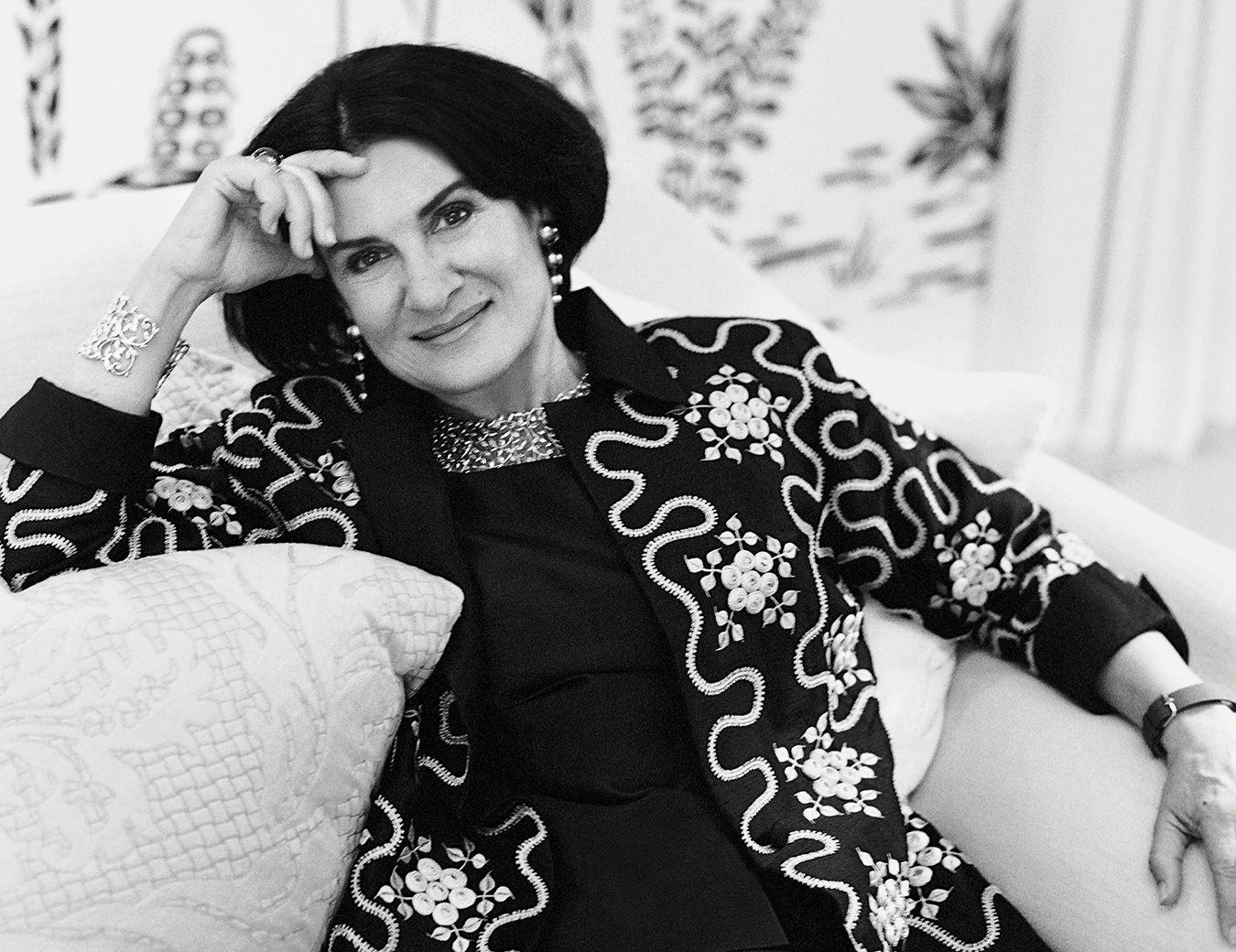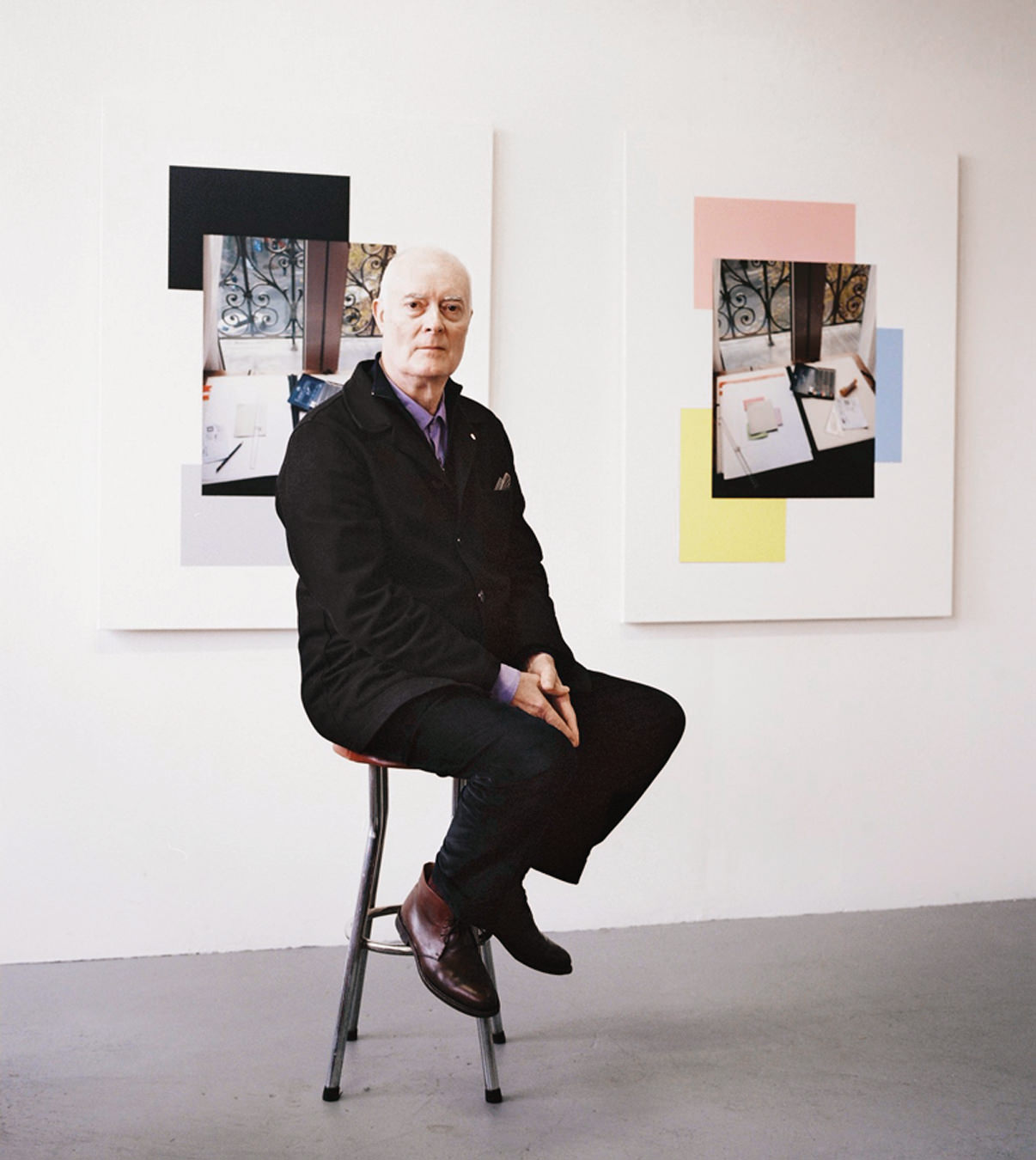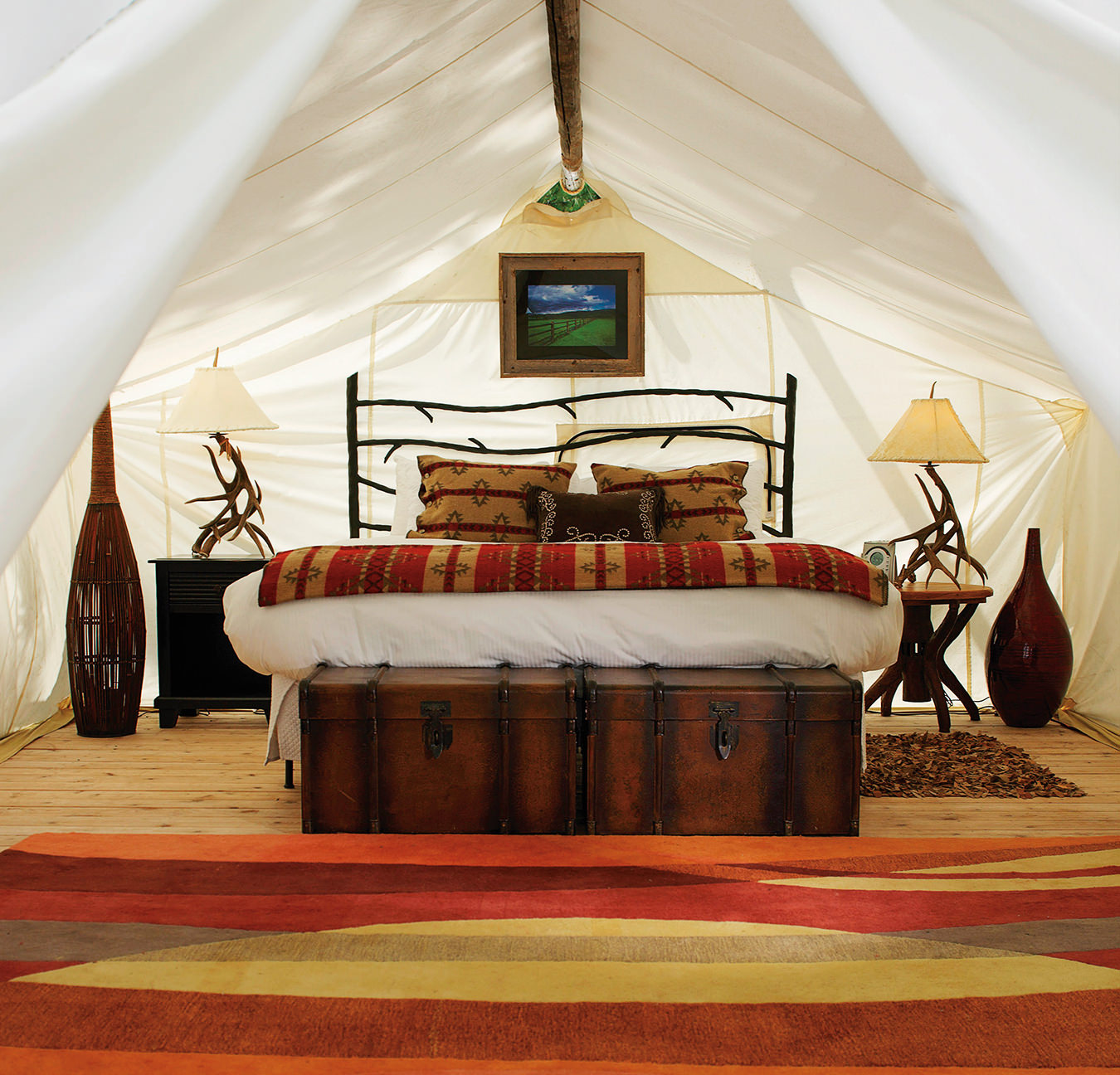Two Connected Hotels Reshape Tokyo’s Iconic Entertainment District
Sky high and street smart.

The glass elevator glides upward, rising above the pulsing energy of Shinjuku. Neon signs flicker, and the streets below churn with movement, a blur of headlights and hurried footsteps. But with each floor, the chaos fades. By the time the doors slide open, the city feels distant—a deliberate shift in atmosphere that speaks to Pan Pacific Hotels Group’s vision for reimagining this corner of Tokyo.
Opened in April 2023, the 48-storey tower—the first skyscraper in Japan designed by a woman, Yuko Nagayama—houses two hotel concepts. The ultraluxurious Bellustar Tokyo occupies Floors 39 through 47, while the more affordable and accessible Hotel Groove Shinjuku claims Floors 18 to 38. Together, they offer an attractive example of vertical stratification that mirrors Tokyo’s complex social layers.
The question was never whether Tokyo needed more luxury accommodations—the city has plenty. Rather, it was whether discerning travellers would venture into Kabukicho, historically known more for its red-light-infused nightlife than five-star hospitality. The district’s reputation had long kept international hotel chains at bay, yet Pan Pacific saw opportunity where others perceived risk. By all accounts, the gamble is paying off.

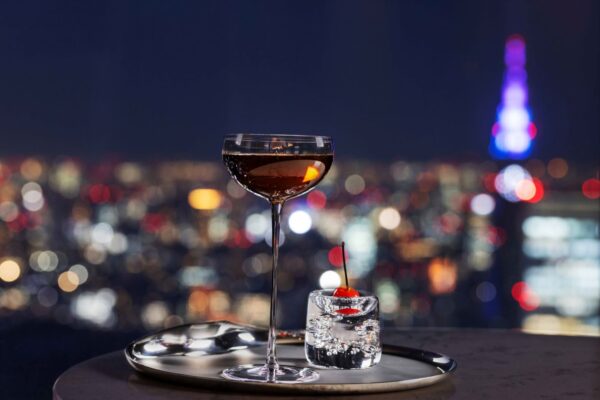
Rarefied Air at Bellustar
The Bellustar Tokyo begins on the 39th floor, where guests emerge into a serene lobby. The name itself—combining “beautiful” and “star”—hints at what awaits: a sanctuary 200 metres above the street’s constant motion. Here, the Pan Pacific brand’s commitment to understated luxury is immediately apparent in the minimalist aesthetic.
With just 97 rooms and suites ranging from 441 to 2,981 square feet, Bellustar operates more like an exclusive club than a conventional hotel. The accommodations feature floor-to-ceiling windows that transform the horizon-to-horizon sprawl of the world’s most populous city into living art, with many rooms offering views of distant Mount Fuji on clear days. Guest rooms feature refined materials: black-granite surfaces, butter-soft Frette linens, and plush Imabari towels.
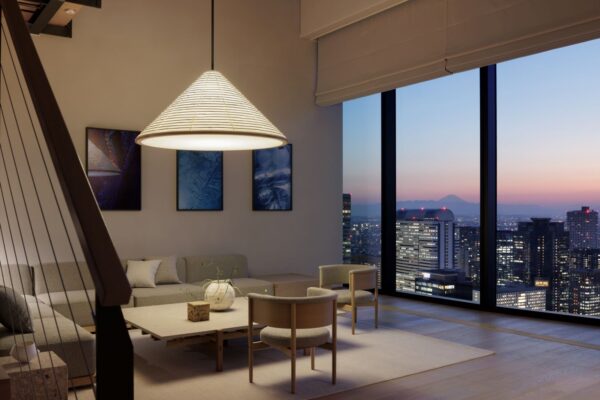
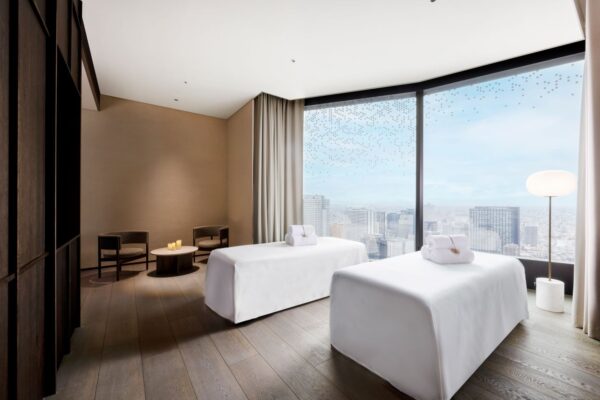
For well-heeled travellers seeking even more indulgence, Bellustar’s five penthouse suites represent Tokyo’s new pinnacle of luxury. Named Sora (Sky), Hana (Flower), Tori (Bird), Kaze (Wind), and Tsuki (Moon), they range from 1,216 to 2,981 square feet. The grandest, the Sky Villa, includes a spa treatment room and kitchen with panoramic views. Each penthouse features dedicated butler service and in-suite spa facilities.
Dining here is appropriately theatrical. Restaurant Bellustar serves French Japanese fusion in a three-storey atrium where artist Shinji Ohmaki’s light installation creates shifting patterns overhead. More intimate experiences await at Teppan Ten-yu and Sushi Jin-è—the latter seating just nine diners at a time, creating an atmosphere of exclusivity that matches the accommodations.
The crowning touch is Spa Sunya (Sanskrit for “emptiness”), where treatment rooms named after elements of nature offer seasonal therapies drawn from Japan’s botanical traditions. The tranquil environment feels worlds away from Kabukicho’s energy, yet the views constantly remind you of your place in Tokyo’s urban tapestry.
Finding the Groove
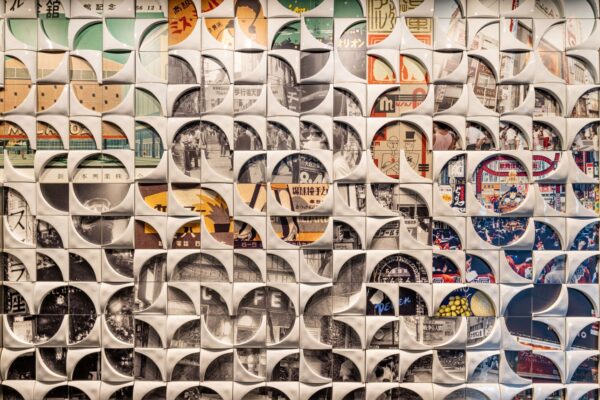
While Bellustar reaches for high-end serenity, Hotel Groove Shinjuku takes a more playful approach. The name itself hints at its mission—to move with Kabukicho’s rhythm rather than escape it. With vinyl records lining the walls and bold pops of colour throughout, Groove feels tuned to the district’s creative pulse.
With 538 rooms across 20 floors, Hotel Groove offers accommodations ranging from efficient 226-square-foot spaces to 656-square-foot suites. Unlike many midrange Tokyo hotels with their clinical efficiency, rooms feature playful touches like geometric rugs and midcentury modern furniture that reflect Tokyo’s postwar design explosion. Several rooms designed by local artists—Yoshiaki Kaihatsu, Takuro Tamayama, and Tomoyuki Washio—transform spaces into immersive expressions of Kabukicho’s history and culture. The Japanese Suite reimagines traditional ryokan accommodations with tatami floors and futon bedding for up to six guests.
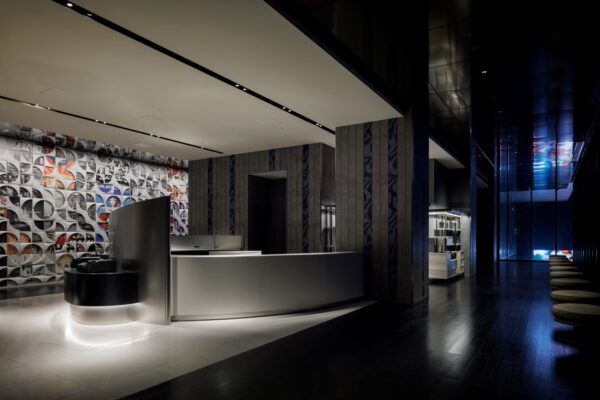
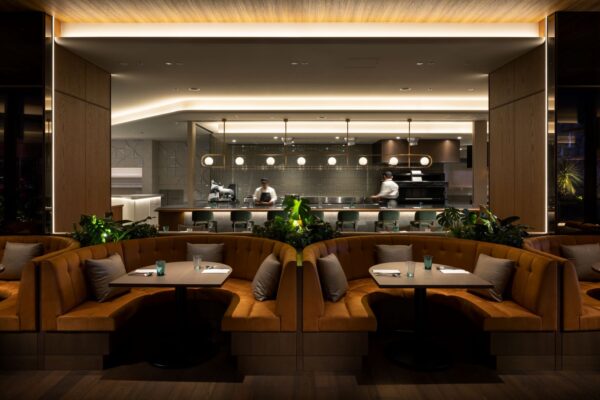
The hotel’s social hub is Jam17, a dining and entertainment complex on the 17th floor that includes an Italian restaurant, gelato stand, and stylish bar with cocktails by the award-winning mixologist Shingo Gokan. The adjacent bar features artist Tatzu Nishi’s sculptural Shinjuku piece suspended overhead. Twin event spaces with rooftop access host everything from Fashion Week afterparties to local DJ showcases.
Groove deliberately positions itself as a gateway to the surrounding neighbourhood rather than an escape from it. Staff feel more like local fixers than traditional hotel employees, ready to direct guests to nearby attractions. Practical amenities like coin laundry and direct airport bus service appeal to longer-staying guests and first-time Tokyo visitors.
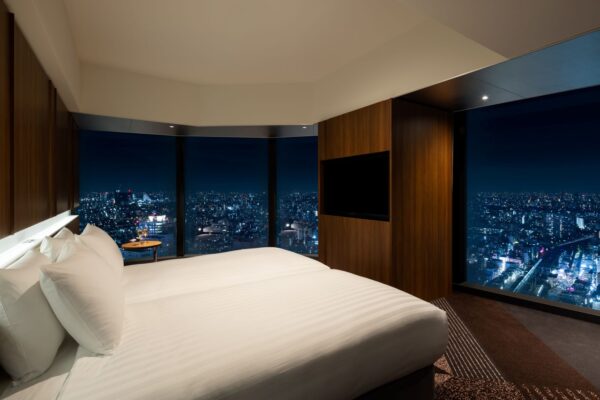
Shifting perceptions
Their prime location makes both properties instantly appealing. Seibu Shinjuku Station is one minute away, while JR Shinjuku Station—said to be the world’s busiest—is just a seven-minute walk. This positioning places guests within easy reach of Memory Lane’s yakitori alleys, Golden Gai’s miniature bars, and Shinjuku Gyoen National Garden.
Pan Pacific’s move into Kabukicho is provocative. While most luxury brands gravitate toward Tokyo’s business districts, Pan Pacific has set up in a neighbourhood that high-end hotels once overlooked. It’s a calculated gamble on Kabukicho’s evolution and on travellers seeking a different side of the city.
Tokyo Kabukicho Tower is part of that shift. Once known almost entirely for its adult entertainment scene, the area now mixes its edge with family-friendly attractions like Toho Cinema and its towering Godzilla head. These hotels add to that transformation without smoothing over what makes the district distinct.

What’s interesting is how naturally guests sort themselves. Groove draws younger travellers and nightlife seekers, while Bellustar appeals to business guests and those looking for a quieter escape. Yet neither feels out of place: one throws you into the thick of Kabukicho’s energy; the other offers a step back to take it all in.
Many guests even move between the two, starting with Groove’s high-energy buzz before retreating to Bellustar’s polished calm. It’s a vertical journey through Tokyo’s contrasts, all without switching hotels.
In a city built on contrasts, Tokyu Kabukicho Tower feels right at home—another bold example of how Tokyo blends contradictions until they make perfect sense.
Photos courtesy of Pan Pacific Hotels Group.


